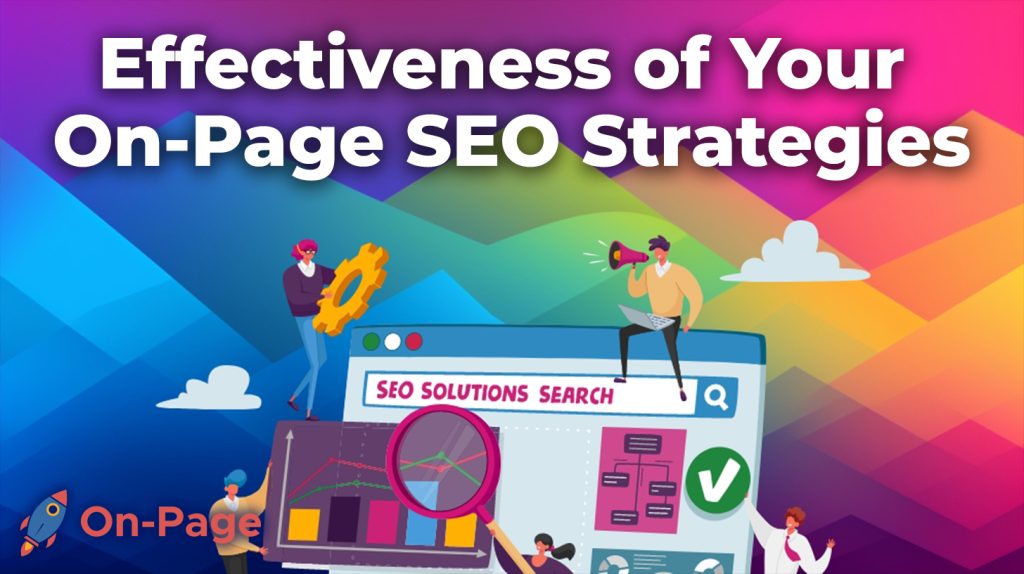
Imagine a world where your website effortlessly attracts organic traffic, like bees drawn to irresistible nectar. Pure gold, right? With competitive online markets, measuring the effectiveness of your on-page SEO strategies is crucial to ensure you’re not just surviving but thriving. Let us dive into the key metrics and indicators that are essential for evaluating and optimizing your SEO game plan!
There are several metrics that can be used to measure the effectiveness of your on-page SEO, such as keyword rankings, organic traffic, time spent on page, click-through rate, bounce rate, returning visitors, and domain authority. By regularly tracking these metrics using tools such as Google Analytics and Semrush, you can gain insight into what is working well and where there may be opportunities for improvement in your on-page SEO strategy.
On-Page SEO Metrics to Track
One of the keys to measuring the effectiveness of your on-page SEO strategies is to track and analyze the right metrics. Here are three important metrics for tracking the impact of your on-page SEO efforts:
Organic Traffic
Organic traffic refers to the number of visitors who find your website through search engine results pages (SERPs) without clicking on paid advertisements. This metric helps you understand how well your content is optimized for search engines and how it resonates with your target audience. To track organic traffic, you can use tools like Google Analytics or Search Console.
Click-Through Rate (CTR)
CTR is the percentage of users who click on a link in SERPs after seeing it. A high CTR means that your title tag and meta description are compelling enough to encourage users to click through to your site. Poor CTRs may indicate that they don’t match up with what people are searching for, or that they’re not inviting enough. Keep in mind that the ranking position of a page can also influence CTR: top-ranked pages tend to have higher CTR compared to lower-ranked ones.
Bounce Rate
Bounce rate indicates the percentage of users that leave your site after viewing only one page instead of navigating further into it. High bounce rates may suggest that users didn’t find what they were looking for or that your UX design isn’t user-friendly enough. On the other hand, a low bounce rate doesn’t always mean your site is effective at converting visitors into customers; depending on your goals, there may be legitimate reasons why someone would visit only one page (e.g., reading a blog post).
Now that we’ve identified some key metrics for measuring on-page SEO performance, let’s take a closer look at one of them: organic traffic.
Organic Traffic
Organic traffic is an essential metric for monitoring the success of your on-page SEO strategies. It shows how many people visit your website by clicking on organic search engine results. Organic traffic is considered a significant factor in driving customers to your site, making it a valuable indicator of the effectiveness of your SEO efforts.

One way to increase organic search traffic is through keyword optimization. By identifying and targeting high-volume keywords in your content, you can make your site more visible when people are looking for information related to your products or services. In addition, optimizing titles and meta descriptions with targeted keywords can encourage higher click-through rates, which may lead to more traffic.
Another method to improve organic traffic is by creating quality content that answers users’ questions or requirements. By consistently publishing blog posts or whitepapers that provide value to your target audience, you establish yourself as an authoritative voice in the industry. With time, improved domain authority will enable Google to recognize and rank your webpage higher – potentially leading to even more visibility.
Think of organic traffic as footfall in a physical store: it indicates how many people are visiting the building and are interested in what they can find inside. Just like retailers would promote their latest products or sales promotions visually displayed at their storefronts to draw eyeballs and entice people inside their shop, businesses optimize their website content through keywords, headline formatting, and rich media presentations to attract the attention of internet users searching for solutions.
A simple yet effective way of boosting organic traffic is reviewing existing pages and updating them regularly to ensure they still align with the latest best practices for SEO optimization. Furthermore, optimizing images by naming files appropriately and adding alt text can help improve visibility in image search results which are often lower competition than text search queries.
- According to a study conducted by Ahrefs, the average top-ranking page on Google takes around 3 years to reach its highest position, demonstrating that effective on-page SEO requires time and effort.
- Research from Backlinko found that the average word count of a Google first page result is 1,447 words, indicating the importance of comprehensive, high-quality content in on-page SEO.
- In a study by Moz, it was discovered that webpages with strong on-page optimization techniques have an 11% higher CTR than those without proper optimization.
Click-Through Rate (CTR)
CTR is the ratio of the number of clicks to the number of impressions your website gets. Simply put, it measures how many times a user clicked on your website link compared to how many times they saw the link. CTR is an important metric in On-page SEO because it gives you an idea of how well your pages are performing in search results.

For instance, let’s say you have a page that appears 1000 times in search results and 50 users click on the link. That means your CTR is 5%. To calculate CTR, divide the number of clicks by the number of impressions, then multiply that answer by 100. A high CTR indicates that users find your content relevant and engaging while a low CTR could suggest otherwise.
A few things can influence CTR – including your website content, meta descriptions, and titles. Crafting compelling titles and meta-descriptions can significantly increase clicks to your website pages. These elements tell users what your page is about and encourage them to visit. Furthermore, Google wants to deliver content that matches its user’s intent when they enter their search terms.
To ensure this happens, Google pays close attention to these title tags and meta descriptions, which will be displayed as SERP snippets. So an effective title and meta description should contain your target keyword with a clear understanding of what information awaits users on clicking the link. This increases the chances of attracting clicks from SERPs.
It’s also worth noting that sometimes having a lower ranking position in search results may lead to higher CTR than if you ranked first for a specific query. When technical SEO is not taken into consideration, some websites tend to stuff their titles with their target keywords instead of providing clarity on what’s within their pages.
This might result in Google truncating their titles, leading to even fewer clicks. Moreover, if users do not find what they are looking for, they may click on other search results or hit the back button and return to the search engine to find alternative pages that meet their intent. Thus, it is essential to consider both ranking position and relevance.
Now that we’ve explored CTR, let’s dig deeper into bounce rate metrics and how it impacts your on-page SEO strategy.
Bounce Rate
Bounce rate refers to the percentage of visitors who leave your website after viewing only one page. When this happens, it suggests that they didn’t find what they were looking for or did not like your content. Generally, a high bounce rate can indicate a poor user experience and could hurt your on-page SEO strategy.
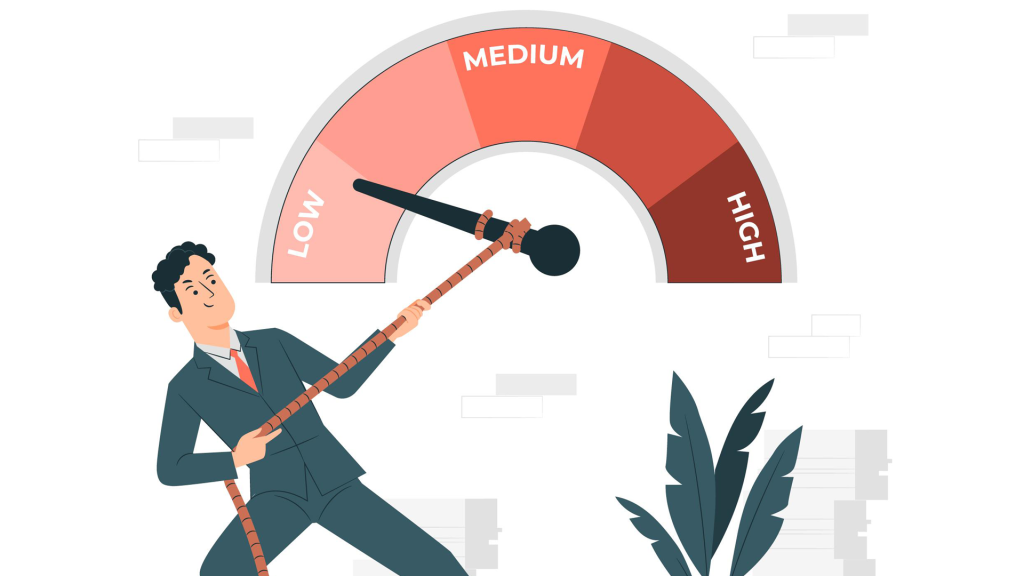
To illustrate this point, consider a scenario where you casually browse the web for cat memes but accidentally land on a site selling car parts instead. As soon as you realize your mistake, you hit the back button almost immediately, eventually leaving the site. That’s essentially how bounce rate works; if many users frequently leave shortly after arriving at your website, it signals Google that visitors aren’t finding what they want.
A higher bounce rate can damage your site’s overall visibility since Google pays close attention to user behavior when scanning through sites within its index. In contrast, a lower bounce rate can improve your On-page SEO performance by indicating positive feedback from users who engage with your content deeper than just one page view.
To reduce bounce rates when optimizing websites for Search engines: minimizing page loading times and improving navigation layout is crucial. It is recommended that marketers monitor their website speed regularly to gain insights into how quickly or slowly web pages load on mobiles and desktops and adjust accordingly.
By creating an engaging, user-friendly experience that presumes the user’s intent while providing relevant and helpful content and calls to action such as subscribing to a newsletter or contacting customer service, you help increase time spent on site which leads to a lower bounce rate.
However, it’s worth mentioning that sometimes having a high bounce rate may not always be an indicator of poor site performance. For instance, users coming from social media sites usually display higher bounce rates, but this does not necessarily mean the content they found was irrelevant.
These users could have perused your articles without needing more information about your website. single-page websites can also appear with a higher bounce rate because as soon as visitors read the page, they leave. However, it is essential to remember that “Good Bounce Rate” varies by industry type and website pages. In some cases, what’s considered standard for one industry may be high for another.
Methods for Assessing Keyword Performance
When it comes to measuring the effectiveness of your SEO strategies, tracking your keyword performance is a crucial element. By knowing how well your target keywords are performing in search results, you can adjust and refine your approach to achieve better rankings and drive more traffic to your site. Here are some effective methods for assessing keyword performance.
One way to assess keyword performance is by doing a Google search for specific keywords related to your website or business. Take note of where your site appears on the SERPs and whether there are any featured snippets or other SERP features that may affect click-through rates. You can also use various SEO tools like On-Page.ai to get a deeper understanding of how your pages rank for particular keywords and track changes over time.
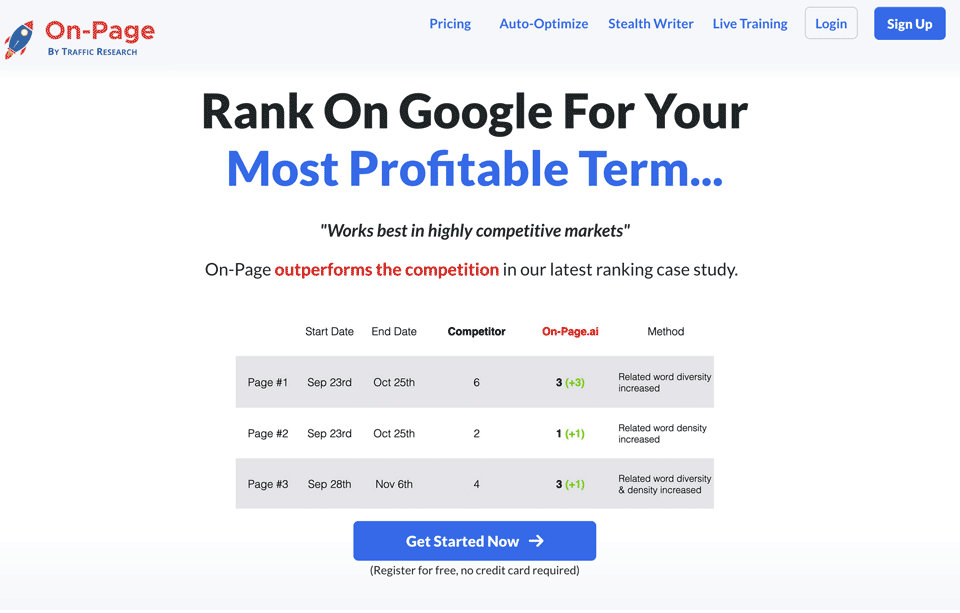
Another method for assessing keyword performance is by monitoring organic traffic generated from those keywords using Google Analytics or tools like On-Page.ai. This allows you to see which keywords are driving the most traffic to your site and make data-driven decisions about how to optimize content around those specific terms.
Some marketers may argue that focusing too much on keyword ranking metrics can be misleading, as fluctuations in search behavior and competition can quickly change a page’s position on SERPs. However, if used in conjunction with other metrics such as bounce rate and time spent on page, tracking keyword performance can provide valuable insights into what content is resonating with users and which areas need improvement.
Think of keyword performance assessments as taking a pulse on your website’s health. Just as monitoring vitals like blood pressure and heart rate can reveal potential health issues, keeping track of your keyword ranking, organic traffic, and other vital SEO metrics can help you catch issues before they become major problems that negatively impact your bottom line.
Now that you understand the importance of assessing keyword performance, let’s delve into one specific method for conducting this analysis: the keyword gap analysis.
Keyword Gap Analysis

A keyword gap analysis is a tool used to identify areas where you are not ranking for specific keywords, but your competitors are. This analysis can be conducted using tools like On-Page.ai, which compares your website’s ranking with your competitors’ for specific keywords and provides actionable insights on how to improve your rankings.
For instance, if you run an e-commerce store selling athletic shoes and notice that one of your closest competitors consistently ranks higher than you for the keyword “running shoes,” then a keyword gap analysis would reveal that term could be a content gap to fill on your site. You can create more detailed and relevant content around that keyword and optimize existing pages around it by adding related phrases and linking to other pages within your site.
Conducting a keyword gap analysis helps you identify potential opportunities for creating targeted content and optimizing existing pages to rank higher in search results. By finding gaps where your competitors are ranking for keywords that you’re not, you can create better and more comprehensive content that satisfies user search intent and drives more traffic to your site.
Some marketers might argue that focusing solely on filling gaps in competitor coverage creates an echo chamber of sameness in industry topics and doesn’t necessarily lead to differentiation or creating unique value propositions that make their websites stand out. However, always keeping an eye out on what competitors are doing while also monitoring emerging trends, can help you avoid blindness towards important organic visibility opportunities.
Think about keyword gap analysis as identifying white spaces on the map – areas not yet covered by competing businesses or websites. By mapping out these opportunities, you can chart a course toward creating optimized content that fills those gaps and helps you boost your visibility in search results.
Now that you understand the power of keyword performance assessment and keyword gap analysis, let’s explore some effective SEO tools to measure your website’s progress.
Search Engine Rankings
Search engine rankings are one of the most important metrics to track when measuring the effectiveness of your on-page SEO strategies. Ranking high on Google’s SERPs for targeted keywords is a primary goal for any website owner or marketer, as it is directly linked to increased visibility and organic traffic.
One way to improve your website’s ranking is by optimizing your content with relevant keywords. This involves conducting in-depth keyword research to identify terms and phrases that your target audience is searching for and incorporating them strategically throughout your content. However, it’s essential to maintain a balance between optimizing for keywords and ensuring that your content remains valuable, informative, and engaging for your readers.
Another key factor in improving search engine rankings is building high-quality backlinks to your site from reputable sources. When other websites link to your content, it signals to search engines that your site is authoritative and trustworthy, which can boost your overall ranking.
It’s important to note that search engine rankings are not static but change frequently based on various factors such as changes in algorithms, competitor activity, and updates in the website’s framework or structure. As such, it’s crucial to monitor your rankings regularly using effective SEO tools discussed later in this article.
For instance, let’s say you run a fitness blog. If someone searches “best home workout equipment” on Google and sees your blog post listed on the first page of results, they are more likely to click through to your site than if it were buried on the third or fourth page of results. This highlights the importance of investing time and resources into improving search engine rankings.
In fact, studies have shown that websites listed at the top of a SERP receive significantly more clicks than those further down the list. According to research by Advanced Web Ranking, websites listed in the first position receive an average CTR of 28.5%, while those listed in the tenth position or lower receive less than 3% CTR.
Some marketers argue that search engine rankings are not as important as they used to be, as users now have access to various ways to discover content such as social media, video platforms, and mobile apps. However, research shows that search engines remain a primary source of information for internet users, particularly for looking up specific services and products.
Effective SEO Tools for Measurement
There are various tools available to measure and track search engine rankings, organic traffic, keyword performance, and other critical metrics to evaluate the effectiveness of your on-page SEO strategies. Here are some of the most effective tools:
1. Google Analytics: This is one of the most popular web analytics tools that allows you to track website traffic and visitor behavior, including how long they spend on your site, which pages they visit, and where they come from.
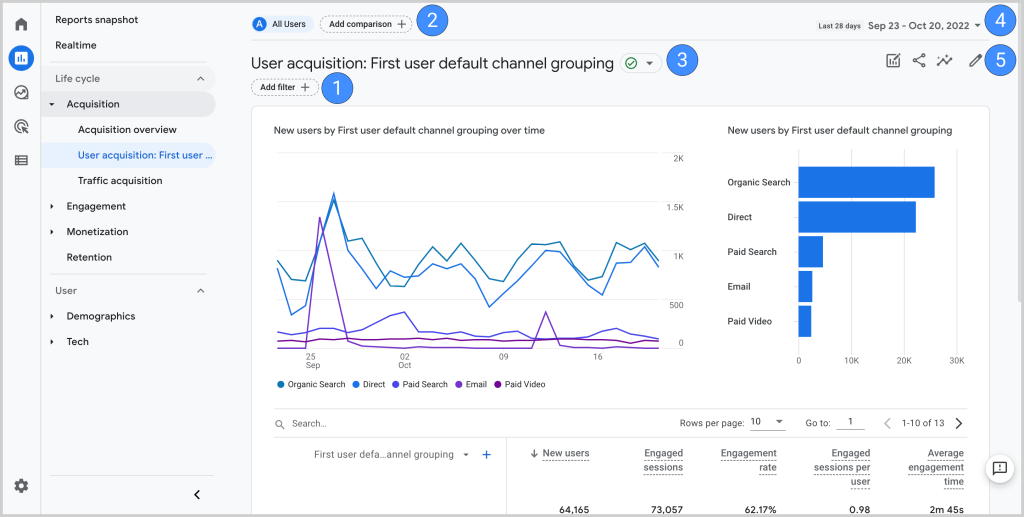
2. Ahrefs: This tool provides a comprehensive suite of features to help improve your website’s ranking on search engines, including tracking keyword performance, auditing backlinks, and analyzing competitor strategies.
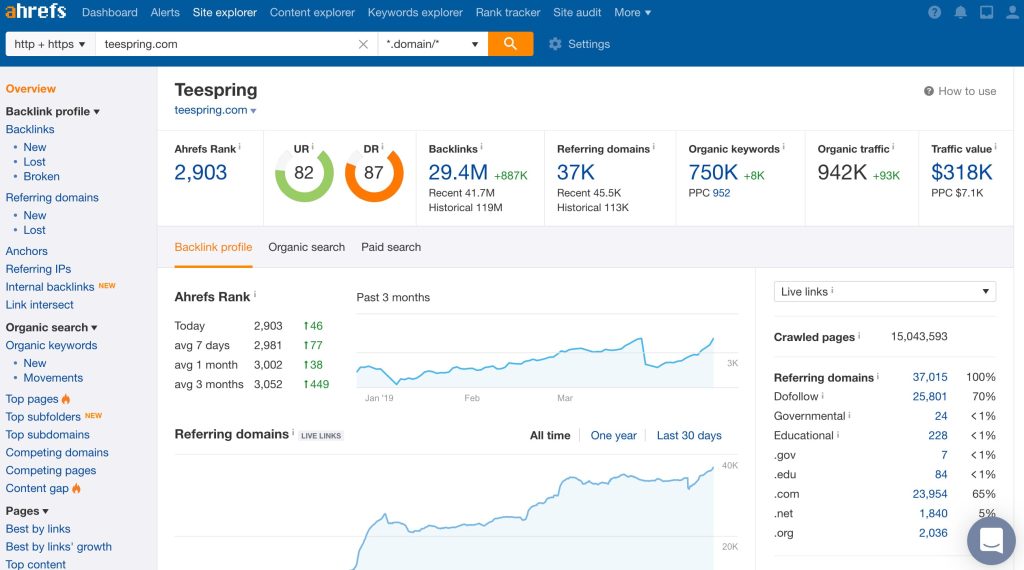
3. Semrush: Similar to Ahrefs, Semrush offers a variety of SEO tools such as keyword research, competitor analysis, and tracking search engine rankings.
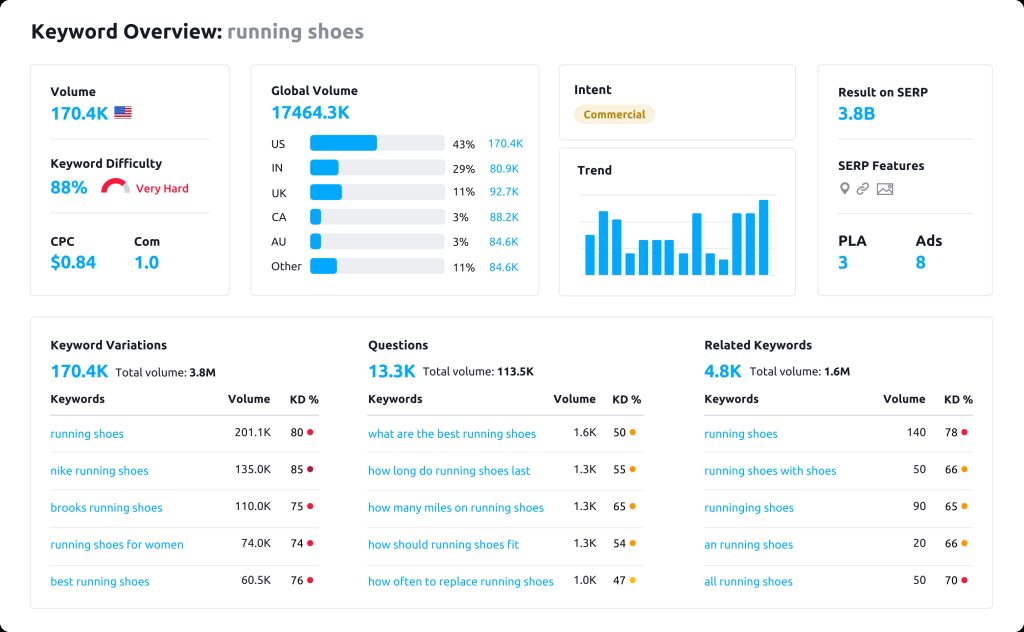
4. SpyFu: This tool helps monitor your competitors’ online activity by tracking their keywords’ performance, uncovering their paid advertising strategies, and analyzing their backlinks.
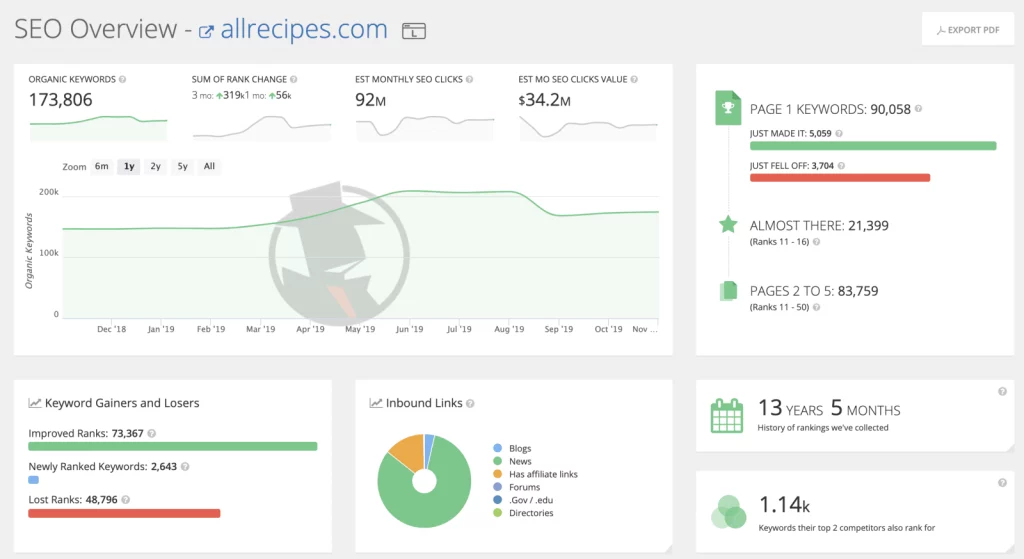
5. On-Page.ai: Our tool uses innovative AI technology to crawl sites like Google and identify main content, headlines, and body text so you can optimize it accordingly. Additionally, our Stealth Writer produces high-quality content on topics related to your target keywords – helping you save time without sacrificing quality.
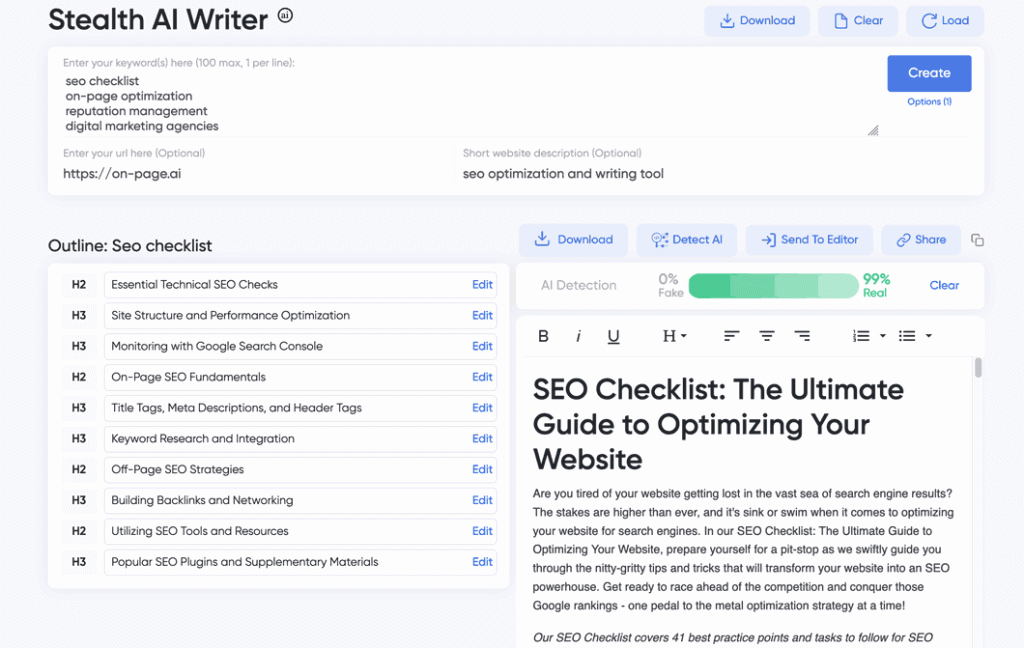
For example, if you notice a sudden spike or drop in organic traffic or search engine rankings, you can use these tools to evaluate potential causes and make necessary adjustments to your on-page SEO strategies. Additionally, tracking keyword performance against competitor sites can help you identify new opportunities for content creation and optimization.
Studies have shown that using comprehensive SEO tools can be a crucial factor in boosting website rankings and organic traffic. According to a report by HubSpot, companies that use marketing automation and SEO software saw an average increase of 14.6% in organic search traffic over six months, compared to those without such technology.
Critics argue that relying too much on tools and software can lead to neglecting the importance of creating valuable, engaging content for your readers. While this is a valid point, it’s important to note that effective on-page SEO strategies require a balance between optimizing content with relevant keywords and providing high-quality content that resonates with your target audience.
Adjusting SEO Strategies Based on Analysis

Measurement is not complete without using the results and insights acquired to take action to improve your website’s ranking. It is important to adjust strategies based on analysis to better optimize for search engines. SEO is a continuous process, adapting and evolving with time. On-page.ai makes this easier through its advanced features that focus on the user’s intent.
When analyzing data, it is necessary to identify areas where effort needs to be focused as well as occasions when strategies are working effectively. Suppose a website has a high bounce rate that suggests the content doesn’t satisfy users’ expectations. In that case, improvements should be made in the quality of content and its relevance to the audience. In contrast, if the time spent per session is low, then there may be a problem with how content is presented or positioned.
For example, if one discovers that most of their traffic visits are from mobile devices rather than desktop computers, it may be necessary to optimize websites for mobile users by improving navigational design and ensuring content is presented correctly for smaller screens.
Additionally, metrics like keyword rankings can help identify which keywords are performing better than others when it comes to driving organic traffic to the site. At times, adjusting strategy means redistributing effort toward more profitable or lower competition terms.
Sometimes changes may involve redesigning parts of the website and changing technical aspects like on-page SEO elements such as header tags and loading speeds. However, some argue it may not be feasible because these changes can lead to unintended consequences, including negatively affecting performance on search engines.
Imagine you’re a coach managing a basketball team; you would use insights from analyzing data from your team’s previous games to understand why they lost or won against particular opponents and use this knowledge in future games simulation practices resulting in improved performance.
In conclusion, it is important to continuously monitor metrics through tools such as Domain Overview, Traffic Analytics, and Position Tracking to take informed action that guides your SEO strategy toward meaningful improvements. This is even easier with On-Page.ai and its artificial intelligence features that provide actionable insights to make informed recommendations for optimizing your website’s ranking on Google. With On-Page.ai, you will do away with the stress of analyzing complex data and focus on implementing strategies by taking action once you have smarter insights.
Answers to FAQs
How often should on-page SEO performance be measured?
On-page SEO performance should be measured at least once a month. This will give you a good idea of whether your efforts are paying off or not. Additionally, search engine algorithms are constantly changing, which means that what worked yesterday may not work today. By measuring your on-page SEO performance frequently, you can stay on top of these changes and make the necessary adjustments to your strategies.
According to a study by Hubspot, companies that blog 16 or more times per month get almost 3.5 times more traffic than those that blog less than 4 times per month. This shows that regular content updates can have a positive impact on your on-page SEO performance.
It’s also important to note that on-page SEO is just one component of an overall SEO strategy. Off-page factors such as backlinks and social media signals also play a role in determining your website’s search engine rankings. Therefore, it’s recommended to conduct a comprehensive SEO audit every six months to ensure that all aspects of your strategy are working together effectively.
In conclusion, measuring your on-page SEO performance at least once a month is crucial for staying up-to-date with search engine algorithm changes and making necessary adjustments to improve your rankings. Don’t forget to consider both on- and off-page factors when evaluating your overall SEO strategy.
Are there any tools available to assist with measuring on-page SEO performance?
Yes, there are several tools available to assist with measuring on-page SEO performance. These tools not only save time but also provide detailed insights that can help improve website rankings.
One of the most popular tools is Google Search Console. It provides valuable data on organic search traffic, keyword rankings, click-through rates, and more. In addition, it also alerts users about any potential issues with crawl errors, mobile usability, and security.
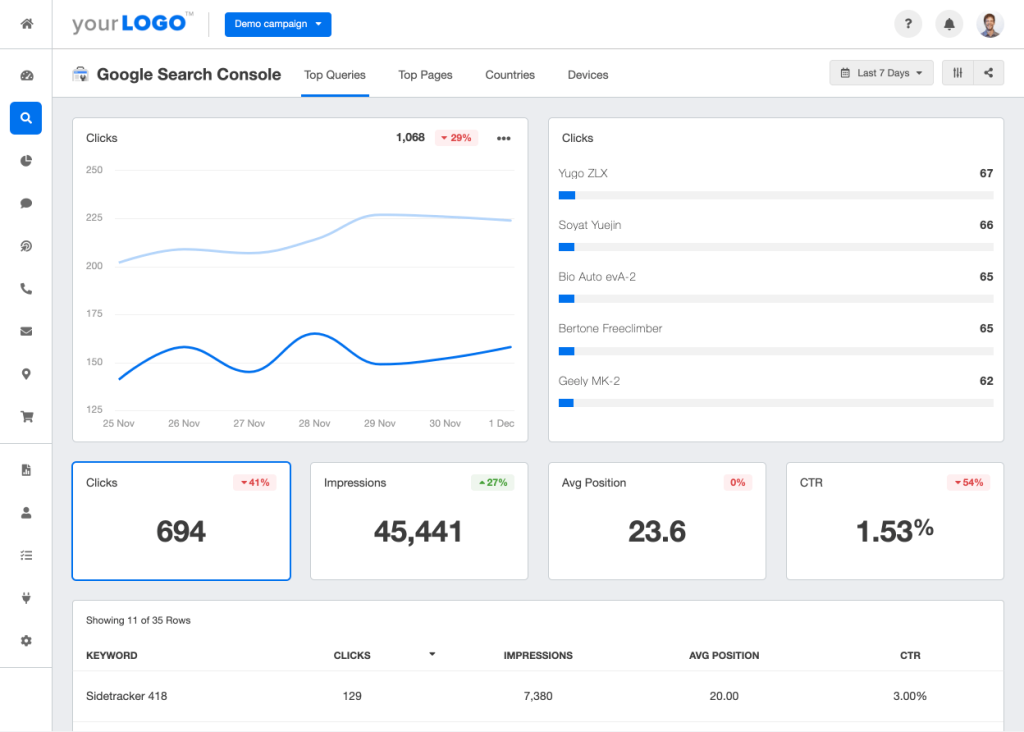
Another effective tool is Semrush. It helps identify on-page SEO opportunities by analyzing competitors’ strategies and finding relevant keywords. Semrush also offers an audit feature that scans a website for technical SEO issues like broken links, duplicate content, missing meta tags, and more.
A third tool worth mentioning is Ahrefs. It provides insights into a website’s backlink profile and anchor text distribution. This information helps in creating a strategic plan for link building and improving page authority.
According to the State of Marketing Report 2021 by HubSpot Research, 64% of marketers use SEO tools to improve their organic presence. Furthermore, a study by Moz found that websites optimizing their on-page SEO had 7x more backlinks than those that did not.
In conclusion, there are various on-page SEO tools available that can provide helpful insights into website performance and identify areas that need improvement. These tools are essential for businesses to maintain and enhance their online visibility in today’s increasingly competitive digital landscape.
What metrics should be measured to determine the effectiveness of on-page SEO?
When it comes to measuring the effectiveness of your on-page SEO strategies, there are several metrics you should keep an eye on. These include:
1. Organic traffic: This is perhaps the most important metric for any website owner, as it shows how many visitors are coming to your site from search engines. By tracking your organic traffic over time and comparing it with changes to your on-page SEO, you can get a good sense of whether your efforts are paying off.
2. CTR: Your CTR tells you what percentage of people who see your website in the search results actually click through to it. A high CTR indicates that your page is relevant and appealing to searchers, which can lead to higher rankings over time.
3. Bounce rate: This measures how many visitors leave your website after viewing only one page. A high bounce rate can indicate that your content is not engaging or relevant enough, or that there are technical issues with your site that need to be addressed.
4. Time on site: This metric tells you how long visitors are spending on your website before leaving. A longer time on site generally indicates that visitors are finding value in your content and engaging with it, which can improve your rankings as well.
By tracking these metrics and analyzing changes over time, you can gain valuable insights into the effectiveness of your on-page SEO strategies and make adjustments as needed to improve your search visibility and drive more traffic to your site.
What are some common mistakes businesses make when trying to measure on-page SEO effectiveness?
When it comes to measuring the effectiveness of on-page SEO strategies, many businesses make a variety of mistakes that can ultimately hinder their success. Here are some common mistakes to avoid:
1. Focusing solely on keyword rankings: While keyword rankings can provide important insights into your SEO performance, they should not be the only metric you rely on. Instead, consider metrics such as organic traffic, click-through rates, and conversion rates to get a more holistic understanding of how your pages are performing.
2. Ignoring user experience: One of the biggest mistakes businesses make is thinking solely about search engines and not prioritizing user experience. This includes ensuring fast page load speeds, creating engaging content, and optimizing for mobile devices.
3. Not setting clear goals: Without clear goals in place, it can be difficult to know whether your on-page SEO efforts are effective or not. Make sure you have defined specific, measurable goals and regularly track progress towards achieving them.
4. Failing to keep up with algorithm updates: Search engine algorithms are constantly changing, which means businesses need to stay up-to-date with best practices and adjust their strategies accordingly. Failure to do so can result in drops in rankings and traffic.
According to a study by Clutch, 17% of small businesses don’t measure the success of their SEO campaigns at all, while only 30% track revenue or ROI as a primary metric for success. By avoiding these common mistakes and focusing on relevant metrics for success, businesses can ensure they are getting the most out of their on-page SEO strategies.
How can improvements in on-page SEO lead to increased website traffic and conversion rates?
Improvements in on-page SEO can lead to increased website traffic and conversion rates by optimizing your web pages for search engines. Optimizing the content on your web pages, including headlines, meta descriptions, and internal links will help Google understand the relevance of your page to specific search queries. This helps improve your website’s visibility in search engine results, which increases click-through rates from searchers.
According to a study by Advanced Metrics, the top 5 search results on Google get 70% of user clicks. So if your website is ranked lower than that, you’re missing out on potential traffic. By optimizing your on-page SEO and ranking higher in search engine results pages, you can attract more organic traffic to your website.
Moreover, effective on-page SEO strategies can also help improve conversion rates. When users land on a web page that is optimized for their search intent, they are more likely to engage with the content and take action such as submitting a form or making a purchase.
In summary, improving your on-page SEO can lead to increased website traffic and conversion rates by increasing visibility in search engines and optimizing content for user intent. By implementing effective strategies based on industry best practices and using smart tools like On-Page.ai, businesses can achieve significant growth in both traffic and conversions.




